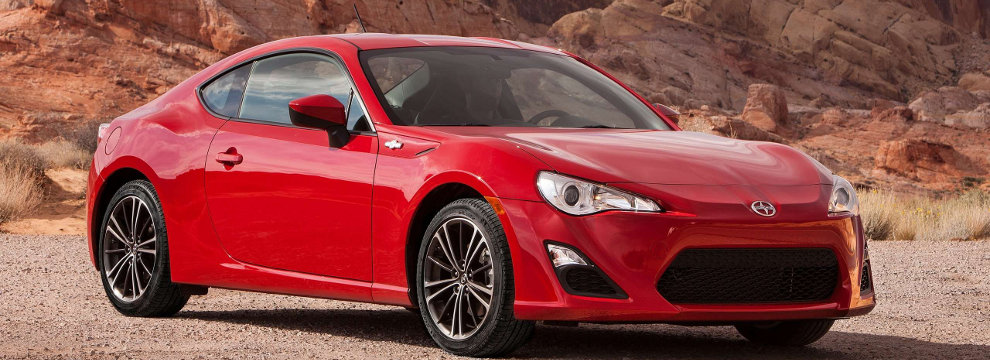
Replacing Your Power Steering Pump
Your power steering pump is an important under-hood component. The pump works hard so you don't have to in steering your car, truck, SUV or van. It also helps reduce over-steering in an emergency.
Replacing the pump is a relatively easy job. Before you start, there are a few things you need to do. Allow the engine to cool completely. Make sure all connections have been tightened to the proper torque settings; power steering fluid pumps at an extremely high pressure. Apply penetrating spray to bolts, nuts, and hose connections. Chock all wheels that are not raised off the ground. Don't forget to dispose of all used fluids according to local laws.
Tools you will need: socket set, siphon pump, line wrenches, wrench set, torque wench, jack stands, oil absorber, drain pain, penetrating spray, vinyl gloves, hand cleaner. You may also need to borrow a pulley removal tool.
Parts you will need: power steering pulley, power steering hoses, V- or serpentine belt, and power steering fluid (the correct type for your vehicle).
First, remove the old pump. You may need to raise your vehicle. Use a jack to do this. For added protection, place a safety stand underneath that part of the frame. (Caution: always use extreme care when jacking up your vehicle and putting it on a safety stand.)
If you are working near the battery, remove the negative battery cable. Remove any parts that might get in the way of pulling out the power steering hoses or pump. Drain the power steering fluid from the reservoir. To do this, you disconnect the feed and return lines and drain the fluid into a drain pan, or use a siphon. (You may need special "line" wrenches to loosen the lines if a regular wrench doesn't do the job.) Make sure to loosen the lines before removing the pump mounting bolts. To avoid possible combustion, take care when draining the fluid to avoid spilling it onto any belts or exhaust parts.
If you're going to replace the hose(s), disconnect the other end of the hose(s) now. (Double-check the hoses. Some have connections that are hidden, and you could end up removing more than you need to.)
Remove the power steering pump bolts. On some vehicles, you can loosen the bolts by placing a socket through the holes in the pump's pulley.
Remove the pump from your vehicle. If your new pump didn't come with a pulley, use the old one. Use your borrowed power steering pulley removal tool to do so or purchase a new pulley.
You may be able to return the old pump for a core refund, so drain it completely of fluid and place it in the box from you new pump.
To install the new pump, first install the pulley from the old pump onto the new pump, if necessary. Place the new pump in the proper position. If possible, attach return and feed hoses to the pump before bolting it in place. Install pump mounting bolts; torque to specification. (On V-belt models, tighten but don't torque the bolts yet.)
Attach and tighten feed and return hoses to pump. Double-check all connections for leaks. Reinstall any belts that were removed; adjust belt tension. Tighten V-belt style mounting bolts after you have adjusted belt tension. Reinstall other parts that were removed (shields, brackets, exhaust, etc.).
Fill system with new power steering fluid. Check for leaks. If there are none, place the lid on the reservoir. Reconnect the negative battery cable. Start engine; again inspect for leaks.
You will need to "bleed" the system to remove any air. (Note: bleeding instructions vary from vehicle to vehicle. Check a repair manual.)
Raise both front wheels off of the ground. With the engine running, slowly turn the steering wheel left to right, lightly touching the steering stop points. Check fluid level. Repeat in order to remove all air. After you are satisfied all air is out of the system, lower the vehicle. Job complete.











